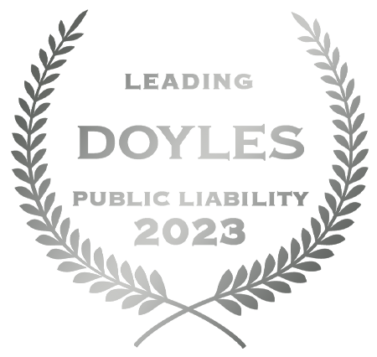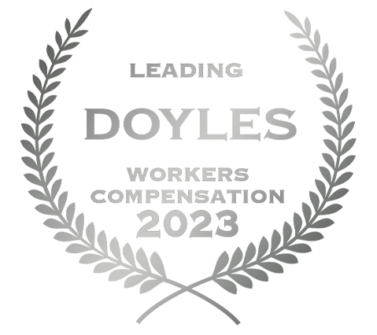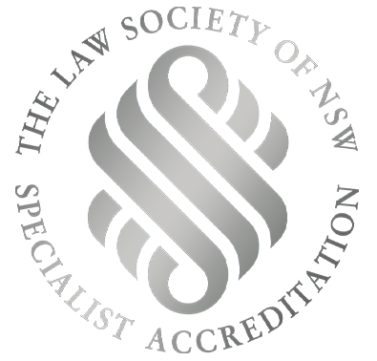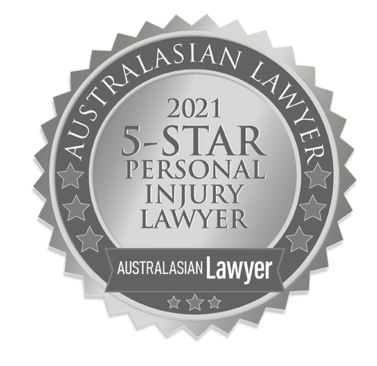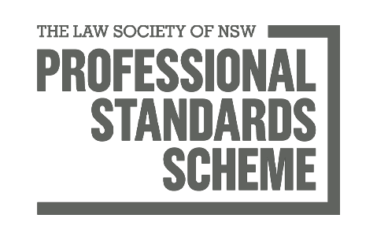
An Example of ‘Obvious Risk’ as Determined by the Court of Appeal.
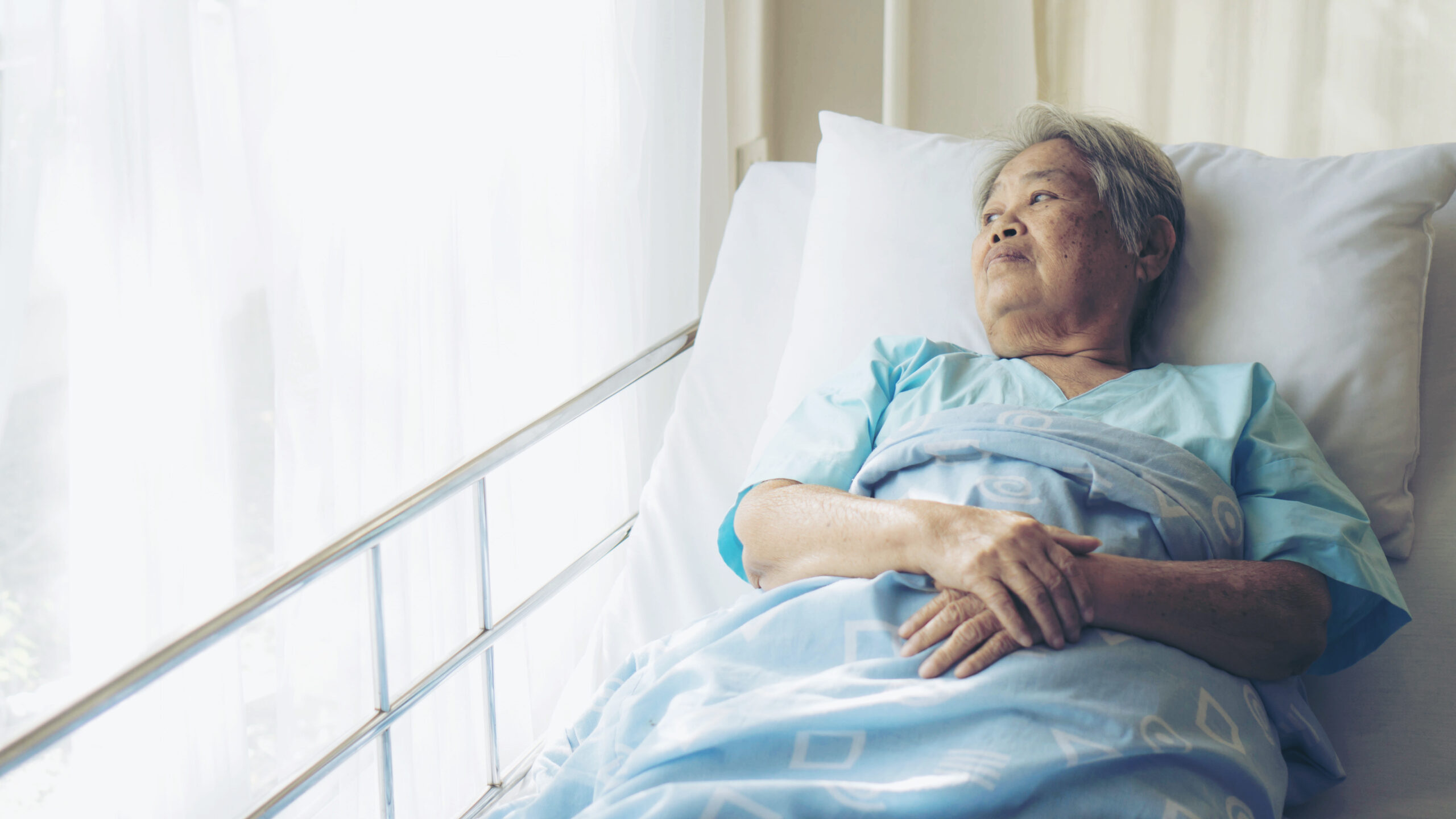
Court of Appeal finds that in some circumstances a reasonable person is not required to take any precautions against a risk of harm.
Background
Bruce v Apex Software Pty Limited t/as Lark Ellen Aged Care [2018] NSWCA 330
On 15 June 2015 the appellant, an elderly women, tripped and fell on an uneven surface at the main entrance of an aged care facility of which she was resident.
The appellant tripped in an area frequented by both cars and pedestrians which included concrete slabs bordered by brickwork. At the point at which the surfaces met there was a height differential of 10mm to 20mm and it was upon this trip hazard which the appellant tripped and fell, sustaining injury.
Shortly after her accident the respondent undertook remedial works to address this height differential.
The appellant commenced proceedings in the District Court of NSW alleging that the respondent was negligent in failing to take adequate precautions against this risk of harm.
Relevant Provisions of the Civil Liability Act 2002 (NSW) (‘CLA’)
In entering verdict and judgement for the defendant the District Court found that the trip hazard was an obvious risk pursuant to Section 5F of the CLA and that, as such, the risk was insignificant for the purposes of Section 5B(1)(b) of the CLA.
Section 5B of the CLA is as follows:
5B General Principles
1. A person is not negligent in failing to take precautions against a risk of harm unless:
a) The risk was foreseeable (that is, it is a risk of which the person knew or ought to have known), and
b) The risk was not insignificant, and
c) In the circumstances, a reasonable person in the person’s position would have taken those precautions.
2. In determining whether a reasonable person would have taken precautions against a risk of harm, the court is to consider the following (amongst other relevant things):
a) The probability that the harm would occur if the care were not taken,
b) The likely seriousness of the harm,
c) The burden of taking precautions to avoid the risk of harm,d) The social utility of the activity that creates the risk of harm.
Call 13 15 15 or chat to us now for free advice
Chat nowFind out how much you can claim.
Get startedDecision of the Court of Appeal
In upholding the primary judge’s decision the Court of Appeal found:
a. The risk of someone tripping and falling was “insignificant” because of the obviousness of the risk and the unlikelihood that someone taking reasonable care for their own safety would fail to observe the uneven surface. To that end:
i) The Court noted that the two surfaces were different colours and that the use of different materials was readily apparent.
ii) The Court confirmed that height differentials of this nature are regularly encountered in everyday life and something which must be avoided or accommodated.
iii) The Court noted that prior to the accident the bricks had been in situ for on or around 15 years and in that time no complaints had been made about the trip hazard they allegedly posed.
b. The above also led the Court to uphold the finding that the risk was obvious and, as such, a risk which the respondent was not required to warn of (5F of the CLA).
Taken together, despite being a commercial premises that offered services to predominantly elderly people, the Court confirmed that in these particular circumstances it was reasonable for the respondent to take no action to remedy the risk of harm while also finding that this risk of harm was “obvious” for the purposes of Section 5F.

Tanja Maksimovic
Managing Solicitor
An accredited specialist in personal injury law, backed by over 10 years’ experience in assisting injured Australians receive everything they’re entitled to with their motor accident claim.
Related articles.
Do I have a case?
Our senior lawyers will assess your case for free1.


